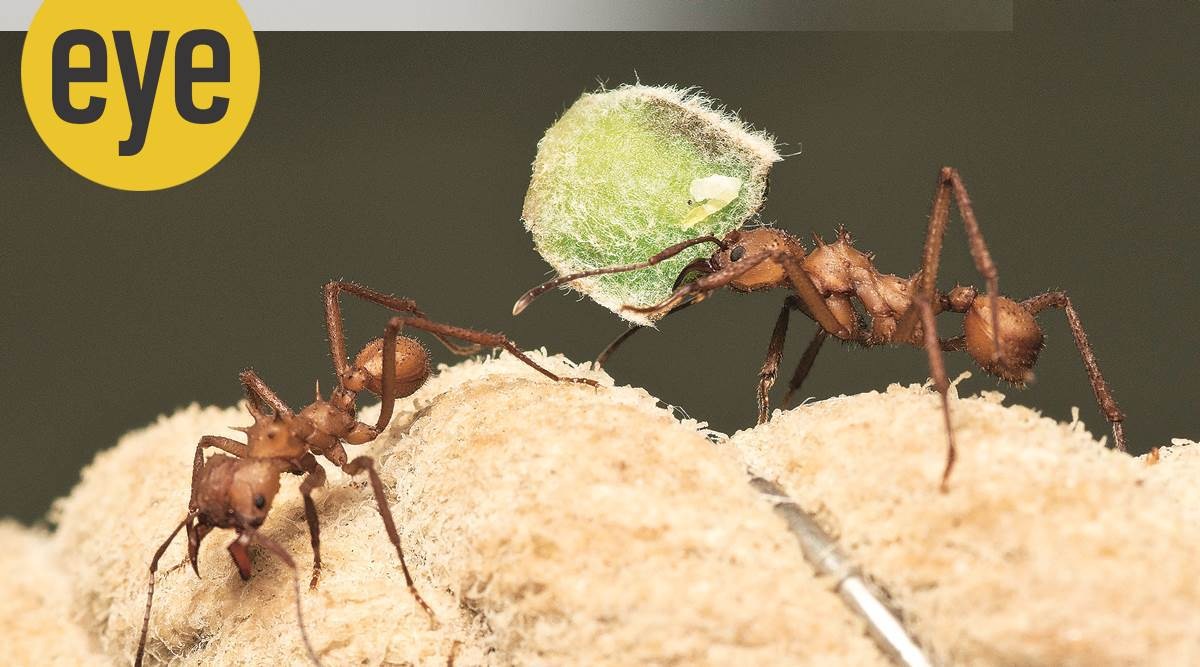On February 21, 2003, 16 individuals from throughout the globe, consisting of a vacationer from Toronto, a UK-based pair and also an air person hosting from Singapore, looked into Hong Kong’s Metropole Resort and also took the Serious Intense Breathing Disorder (SARS) back residence with them. They more than likely never ever fulfilled the resource, a 64- year-old physician from Guangdong, China, that remained in community for a family members wedding event. Yet they did possibly breathe in the aerosolised fragments discharged when the physician threw up in the ninth-floor corridor. The get in touch with apparently brought about around 546 situations of SARS around the world.
In 2018, throughout their job as musicians in home at the Globe Health and wellness Company, participants of the British cumulative Blast Concept investigated exactly how epidemiologists examined the motions of each of the visitors in the Metropole Resort that evening. It brought about the installment A Collection of 17 Instances, including a range design of the resort flooring and also information of those that acquired the infection that evening. Changed for on-line watching, the job is currently component of the exhibit “Transmission” (till June 13), provided by Bengaluru-based Scientific research Gallery. With 16 interactive displays and also 40- plus online programs, the display checks out elements of a virus, consisting of exactly how illness are transferred and also the feelings one experiences. “What we are seeking are expressions that are not instructional in the initial circumstances, and also not academic, it’s producing an experience that will certainly enable individuals to obtain an understanding right into what we call the imaginative procedures, be it of understanding manufacturing or creative manufacturing; after that from that understanding discover a capability to link into exactly how do scholars and also musicians ask concerns, what is their base,” states Jahnavi Phalkey, establishing supervisor, Scientific research Gallery.
Shortlisted from over 150 access, the jobs push visitors to ask concerns concerning the past and also existing. If the pictures in “Managing the Plague in British India: A Visual Background of the Plague” chronicle exactly how colonisers attempted to manage the afflict pandemic which got here in India in 1896, Mumbai-based artist-researcher Ranjit Kandalgaonkar covers, on his 10- ft-long 2017 job Attracting the Bombay Plague, subtleties of the occasions that unravelled on the roads: the stringent tyrannical clampdown, rumours like serpents in drainpipe pipelines spreading out the illness, dirt and also dust as the illness vector; troubles; mass exodus, quarantine steps that included unsympathetic authorities splashing roads and also individuals with anti-bacterials, damaging and also melting of thick hutments. “Also several of the steps taken by the colonial authorities to fight the 1896 Bombay Plague resembled currently. Within the context of a pandemic, historic research of the afflict could clarify several of the mistakes that are duplicated. Illness do not vanish; they simply resurface whenever we disrupt the equilibrium of environment, the atmosphere and also an ecological community in short-term balance. We stand at a crucial factor in globe background. If connection by ships and also mercantile paths could create pandemics extending years and also a high death-rate (biomedicine has made developments and also misconceptions have been eliminated given that), after that what are the effects of the hyper-globalised design where connection isn’t a problem? What is the result of that circumstance?” composes Kandalgaonkar in a 2017 note going along with the job. “The job intended to highlight exactly how misunderstandings or understandings concerning the afflict continued the general public’s experience of it with concern, dream, fear and also rumour,” he states.
‘Barber at the workplace in among the camps’, 1897, Karachi Plague Board Cd, the picture possibly by R Jalbhoy (Wellcome Collection), from the display ‘Managing the Plague in British India’ by Christos Lynteris. (Politeness: Scientific Research GAllery, Bengaluru)
Structure links in between scientific research and also art, the program debunks numerous ideas. If Sarah Craske’s The Condition Map takes an inscription of the city of Basel in Switzerland by Matthäus Merian to develop her illness map, in Mapping Cholera: A Story of 2 Cities, scientific research reporter Sonia Shah and also developer Don McCarey make use of interactive maps to research 2 cholera upsurges: New york city in 1832 and also Haiti in2010 Pictures and also video clip in Placing the Ant in Prescription antibiotics record the initiatives of researchers at the UK’s John Innes Centre, that are examining ants for brand-new anti-biotics to fight antimicrobial resistance.
The “Co-Vids” area has three-minute video clips of international clinical and also public-health specialists discovering leading 3 concerns on their minds. These consist of Shahid Jameel, virologist and also supervisor of the Trivedi College of Biosciences at Ashoka College, and also previous chair of the federal government’s Indian SARS-CoV-2 Genomics Consortia, and also Keiji Fukuda, supervisor and also professional teacher at College of Public Health And Wellness, The College of Hong Kong.
Each time when words “contamination” instils concern, in an appointed job Paris-based aesthetic musician Anaïs Tondeur demonstrates how giggling, as well, is actually infectious. In When the Globe Was a Laugh, Tondeur files audios of laughs taped throughout the COVID-19 pandemic, with brand-new ones included daily, to highlight “the technicians of giggling, its physical elements, top quality as a motion and also social importance”. “What we are seeking is not to construct a story with the exhibit however to open up different doors,” states Phalkey.
